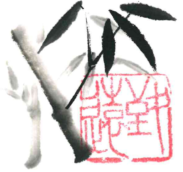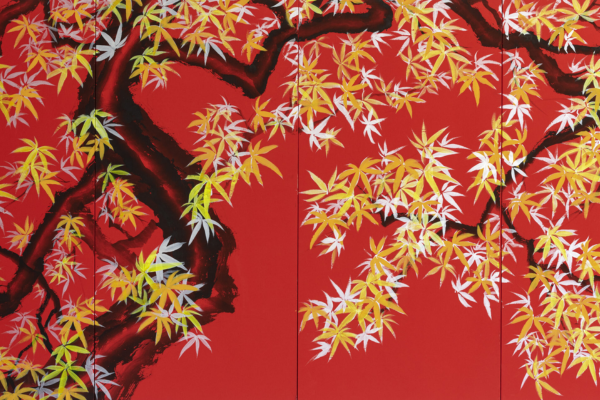The art of Sumi-e, an ancient form of Japanese painting, has captivated artists and art lovers around the world. With its minimalist approach and timeless elegance, Sumi-e offers a unique and rewarding experience. In this article, we will explore the essential techniques to master the art of Japanese painting, Sumi-e, and how you can start creating your own masterpieces. Get ready to dive into the world of beauty and harmony!
The Essence of Japanese Painting
Japanese painting has a rich history and tradition dating back centuries. One of the most distinctive and revered forms is Sumi-e, which is characterized by its focus on simplicity and minimalist expression. Sumi-e primarily uses ink and precise brush strokes to capture the essence of its subject, be it a landscape, a flower, or a bird. The underlying philosophy of Sumi-e is to achieve harmony between the artist and nature, and to portray that connection in every stroke.
Japanese painting has influenced many other artistic styles throughout history, and its focus on simplicity and essence has resonated worldwide. Sumi-e focuses on capturing the vital energy of an object or scene, using few strokes to convey a sense of life and movement. This technique requires skill and practice, but once mastered, it can create deeply evocative works of art.
Materials Needed for Sumi-e
Before diving into the world of Sumi-e, it is important to have the right materials. The essential items you will need are:
- Ink: Ink is the soul of Sumi-e. It should be high-quality and liquid to achieve proper fluidity when painting. You can find it in specialized art stores or online. Make sure to choose ink that is durable and resistant to fading.
- Brushes: The brushes used in Sumi-e are made from natural hair, like wolf or horse. These brushes are known for their ability to retain ink and create precise, expressive strokes. It’s advisable to have a variety of brushes of different sizes and shapes to suit your artistic needs.
- Rice paper: Rice paper is fundamental in Japanese painting. Its unique texture absorbs the ink differently, contributing to the characteristic aesthetic of Sumi-e. Make sure to have enough quality rice paper for your creations. You can find it in art stores or online, and there are different types of paper available, such as smooth rice paper and textured rice paper.
Basic Techniques of Japanese Painting
Once you have the necessary materials, it’s time to start exploring the basic techniques of Sumi-e. These techniques will help you develop your skill and understanding of Japanese painting. Here are some essential techniques that you should master:
1. Hikitsuke (single stroke)
Hikitsuke is a technique where a continuous, fluid stroke is made with the brush. This stroke may represent the contour of an object or the basic shape of an element in the painting. Practicing hikitsuke will help you get familiar with the fluidity of the ink and the precision of the brush.
To master this technique, start by practicing straight strokes and then move on to more complex shapes. As you gain skill, experiment with pressure and speed of the stroke to create subtle variations in the thickness and intensity of the line. Remember to keep your hand and arm relaxed to achieve fluid and precise movements.
2. Sumi (ink stains)
The technique of sumi involves creating ink stains on the paper. This technique is used to represent shadows, textures, or abstract elements in the painting. Sumi adds depth and dimension to your creations, creating fascinating contrasts.
To master this technique, you need to learn to control the amount of ink on your brush and the pressure you apply when applying it to the paper. Experiment with different degrees of ink dilution to achieve different shades of gray and black. Practice applying the ink stains in different directions and angles to create shading and texture effects.
3. Suibokuga (ink painting)
Suibokuga is a technique that combines ink with different shades of grays and blacks to achieve shading and chiaroscuro effects. This technique is especially effective for painting landscapes and capturing the serene beauty of nature.
To master suibokuga, you need to learn to grade ink shades and apply them in a controlled manner on the paper. Start by practicing with soft and subtle strokes to create soft gradations of shadows. As you gain experience, you can experiment with more marked contrasts and use the sumi technique to add additional details and textures.
In conclusion, Sumi-e is a fascinating and rewarding art that allows you to explore beauty and harmony through Japanese painting. With the right techniques and an understanding of its philosophy, you can create unique and expressive works of art. Remember that the journey towards mastery in Sumi-e is an ongoing process. Practice regularly, experiment, and find your own artistic voice in this fascinating form of expression. Dive into the world of Sumi-e and awaken your creativity!


